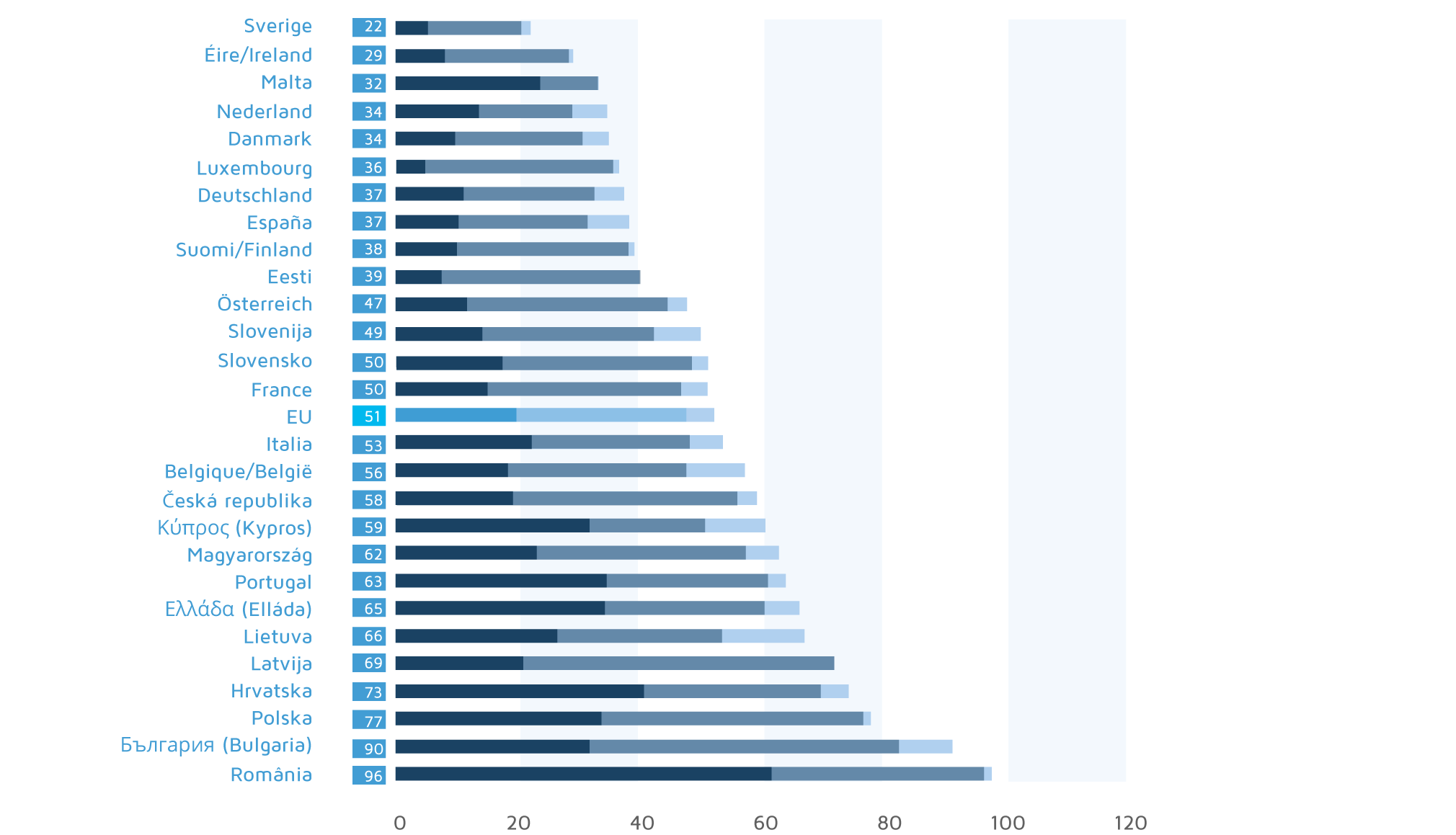1.3 million people die every year due to road traffic accidents while 50 million worldwide suffer non-fatal injuries. As part of the Decade of Action for Road Safety 2021-2030, The United Nations has offered a Global Plan that pledges to decrease road traffic deaths and injuries by 50% by 2030.
Road traffic accidents are the primary cause of death for children and young adults aged 5-29 years. At the same time, over 50% of the total number of deaths occurs among vulnerable users such as cyclists, pedestrians, and motorcyclists. According to the United Nations, if no action is taken, road traffic incidents will claim the lives of a further 13 million people during the next decade.
While low- and middle-income countries possess only about 60% of the world’s vehicles, nevertheless 93% of the total fatal car accidents occur on the roads of these nations. Overall, road traffic accidents cost countries 3% of their gross domestic product.
In terms of the evolution of statistics, the global rate of fatalities per population dropped by 11% from 2000 to 2014 but has remained almost stable since then. In 2019, the highest rate of fatality was registered in the Dominican Republic.
Fig.1 Road fatalities per 100k population: 2019
Source: National Road Safety Observatory
For comparison, in 2019 in the European Union, the largest share of road fatalities was recorded in Romania followed by Bulgaria and Poland. The lowest fatality rate was recorded in Sweden.
Fig.2. Road fatalities per million inhabitants (2019)

In view of the figures reported by countries, governments have unanimously backed the Second Decade of Action for Road Safety 2021–2030 through the UN General Assembly Resolution 74/299 which sets a clear objective of decreasing road deaths and injuries by a minimum of 50%. The Plan includes recommendations on road safety such as:
- Multimodal transport and land-use planning – the plan encourages countries when responding to the essentials of population need, to form an optimal mix of motorized and non-motorized transport modes for better safety and mobility.
- Safe road infrastructure, meaning that countries are recommended to plan, design, build and operate roads to enable multimodal mobility, minimizing the risks for all road users.
- Vehicle safety, meaning the design of vehicles should guarantee safety for people both inside and outside of them. Today, depending on the regulations in place per the destination of vehicles, car manufacturers install different safety features, and therefore ‘standard equipment’ in new cars varies across countries. The plan suggests forming harmonized legislative standards guaranteeing an identical and acceptable level of safety worldwide.
- Safe road use – regulations targeting road user behavior such as speeding, drink-driving, distracted driving, etc., should be enforced and proper penalties should be applied to deter road traffic violations. It is encouraged that enforcement strategies are discussed with the public to increase their understanding and support.
- Post-crash response – countries are encouraged to establish multidisciplinary mechanisms to ensure appropriate post-car crash support including rehabilitation for victims and comprehensive support to victims and their families as well as adequate crash investigation to ensure justice.

